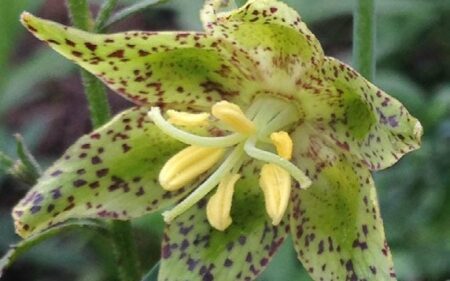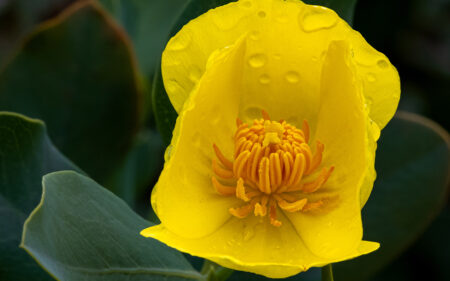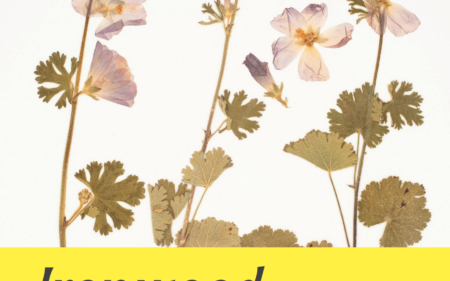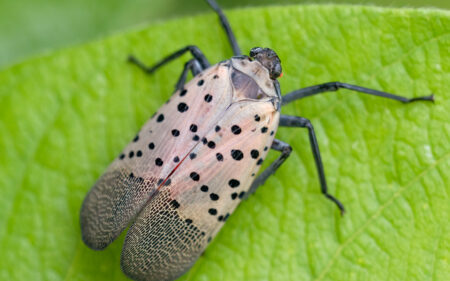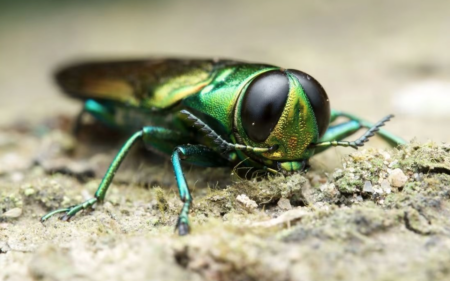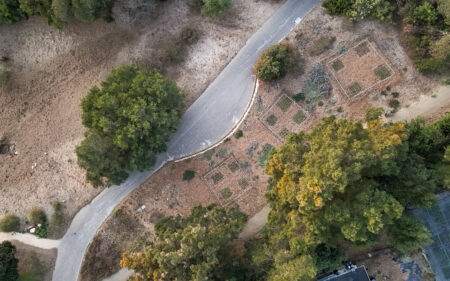Treasures of the Channel Islands
Islands are fascinating places full of unique plants and animals. In southern California, we are blessed with our own mini archipelago in the form of eight Channel Islands that lay just off our coast, plus another eight off the Pacific coast of northern Baja California. For decades, scientists and horticulturists at the Santa Barbara Botanic Garden have been visiting these islands to study and collect the incredible wealth of plants growing there. Our herbarium holds one of the world’s best collections of pressed plants from the islands, our seedbank and living collections safeguard precious genetic material, and our research staff work to understand the threats facing these unique floras and what to do to save them.
It may seem confusing that the Garden – whose mission is the conservation of California native plants – would be involved with islands that are part of Mexico. The answer is that the scope our collections include the entire California Floristic Province (CFP), which runs from southern Oregon through northern Baja California. The CFP has a distinctive flora found only where a Mediterranean-type climate, (characterized by winter rainfall and summer drought) prevails. There are fascinating affinities between the floras of the sixteen islands, shown by some odd plant distributions. For example, island oak (Quercus tomentella) is found nowhere on the mainland, but does grow on all the larger channel islands between Guadalupe Island, 250 miles off the coast of central Baja California, and Santa Rosa Island off our own coast.
Perhaps lost in all this scientific bustle is the fact that many of the best native plants for our gardens also come from these islands. The work of Garden staff and volunteers such as Carol Bornstein, Michael Benedict, Ralph Philbrick, Dara Emery, Steve Junak, Jim Blakley, and Bruce Reed has resulted in the introduction of eight named cultivars of plants collected on the islands. Plants that evolve on isolated islands tend to develop certain characteristics that are prized by horticulturists: larger size, prostrate forms, grayish leaves, pink flowers, woodiness, plus a high degree of diversification that leads to unique plants. Horticulturists take advantage of these characteristics when selecting plants to bring into cultivation.
Horticulture staff are always collecting and evaluating new plants to grow in our gardens – both species new to cultivation and new selections of familiar species.
Following are some of the great garden-worthy plants that have island origins:
Larger

Island bush poppy (Dendromecon harfordii) A plant that illustrates the ‘bigger is better’ character of island plants. It is in every way larger than its mainland sibling Dendromecon rigida: it is taller and has much larger leaves and flowers. This showy, ornamental shrub is endemic to the four big islands: San Clemente, Santa Catalina, Santa Cruz, and Santa Rosa. It grows quickly to eight-feet tall and sports beautiful gray-green leaves and sunshine yellow flowers.

Island Ceanothus (Ceanothus arboreus) The tallest species of the ceanothus, this plant excels where a fast-growing, large shrub is required. Besides it 10-20 foot height, island ceanothus has unusually large, glossy-green leaves and large, showy clusters of medium blue flowers. It performs in sun or part shade and is extremely drought tolerant. It is naturally found only on Guadalupe, Santa Catalina, Santa Cruz, Santa Rosa islands.

St. Catherine’s Lace (Eriogonum giganteum var. giganteum) This big buckwheat from Catalina Island is a real show-stopper. A bold, gray-leaved, evergreen shrub that forms six-foot tall mounds topped with enormous, delicate, flat sprays of white flowers in summer. St. Catherine’s lace is easy to grow in full sun and requires no water once established. The flowers age to a deep chocolate brown and can last for years when dried. This rare plant grows naturally only on Catalina Island.
Prostrate

California sagebrush (Artemisia californica ‘Canyon Gray’) One the mainland, California sagebrush is an upright, scraggly shrub that grows to about four-feet tall. On San Miguel Island, however, there is a beautiful, prostrate form of the same species. The Garden’s selection called ‘Canyon Grey’ spreads its silvery branches out to form a low mound six-to-eight-feet across. This fantastic, large scale groundcover has soft, needle-like gray leaves with a distinctive fragrance. It takes full sun on the coast, but prefers part shade and some additional water inland.
Gray

Giant Wild Rye (Leymus condensatus ‘Canyon Prince’) Giant wild rye is a tall, rangy grass that is common in coastal California. There is an incredible gray form collected by the Garden on Prince Island just off San Miguel Island that is a must-have: Leymus ‘Canyon Prince.’ This larger, evergreen grass has stunning, icy-blue foliage and tall, bold flowers. It forms an attractive rounded clump that rarely exceeds five feet in flower. It reaches full height quickly then spreads at a moderate rate by runners. Grow in full to part sun.

Guadalupe Island Senecio (Senecio palmeri ‘Silver and Gold’) As the name implies, this species comes from Guadalupe Island, and is found nowhere else. The Garden selection ‘Silver and Gold’ has intensely sliver-gray leaves that reflect the light along with lovely golden flowers. Botanists studying the flora of Guadalupe Island brought the plant to the Garden just a few years ago and we quickly discovered this little-grown plant had enormous horticultural potential. A two-foot tall sub-shrub, it is fast and easy to grow in well drained soils, tolerates dry conditions but appreciates some extra water.
Pink Flowers

Common Yarrow (Achillea millefolium ‘Island Pink’) For an unknown reason, island plants often have pinkish flowers, even if their mainland relatives have white flowers. This makes them especially appealing to horticulturists. The common yarrow selection ‘Island Pink’ of was discovered on San Miguel Island. It has dark pink flowers that fade by degrees to almost white. This herbaceous perennial has ferny foliage that spreads to form indefinite colonies. It grows quickly, blooms in late spring, and will stay green most of the year if kept watered. We grow it as a turf here the Garden.

Red-flowered Buckwheat (Eriogonum grande var. rubescens) A stalwart of the native plant garden, red-flowered buckwheat is a perfect example of the evolution of pink-flowered forms in island plants. Most buckwheats have flowers in the white to yellow range, even the other varieties of Eriogonum grande have whitish flowers. But this showy perennial boasts masses of ball-shaped flower clusters that vary from light pink to dark rose. It grows one-to-three-feet tall and about as wide with dark gray-green leaves. It prefers full sun and requires very little water required. Red-flowered buckwheat is endemic to San Miguel, Santa Cruz, and Santa Rosa islands and is found nowhere else.
Found Nowhere Else

Santa Cruz Island Ironwood (Lyonothamnus floribundus ssp. aspleniifolius) The California islands are home to many endemic plant species, meaning they are found nowhere else on earth. Some species evolved there; others, though present on the mainland in previous millennia, are now restricted to an island refuge. Santa Cruz Island ironwood is a perfect example of the latter. Lucky for us, we can still grow this beautiful tree in our gardens. It is a slender, single or multi-trunked tree that grows quickly to 20-feet tall and eventually to 35 feet. Ferny, evergreen leaves are topped by broad clusters of small white flowers in mid-spring. One of its most interesting features is the attractive, peeling red bark which creates a lovely, reddish leaf litter around the base of the tree. Santa Cruz Island ironwood endemic to Santa Cruz, Santa Rosa and San Clemente Islands.
 Donate
Donate